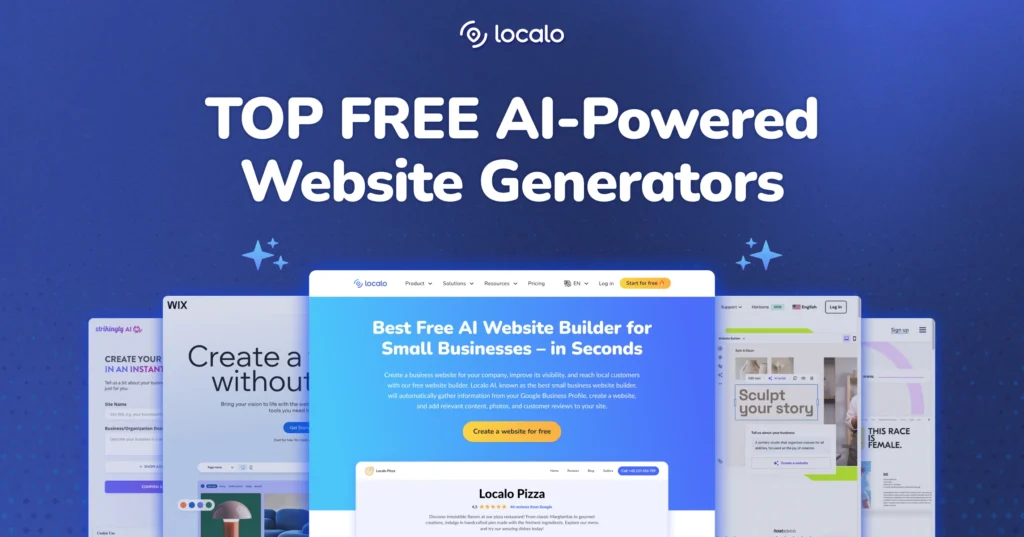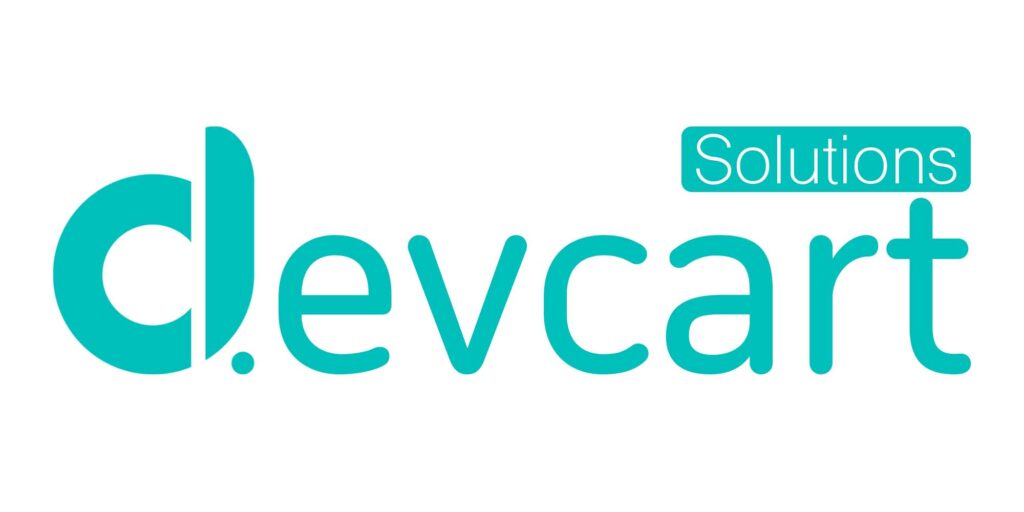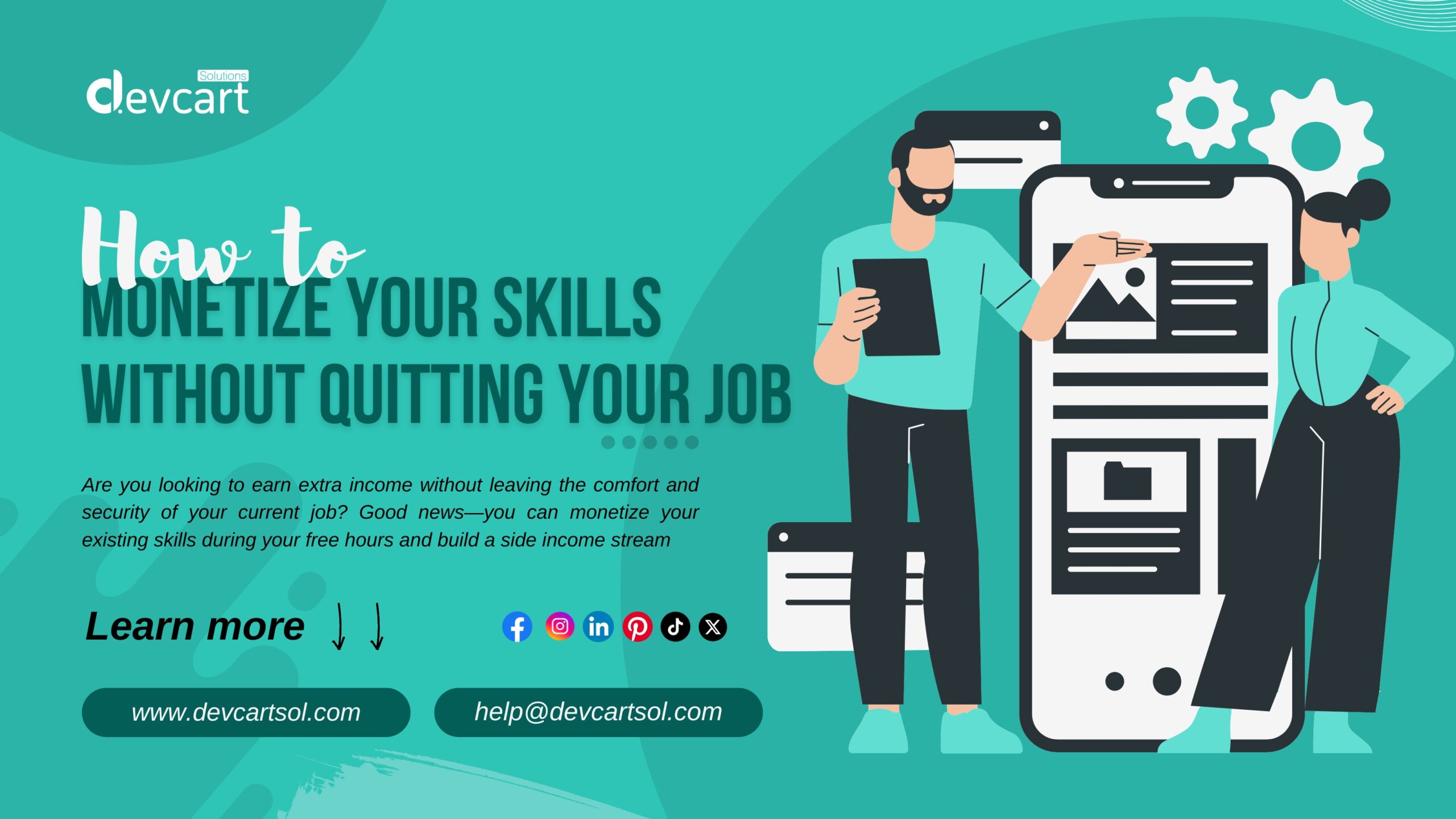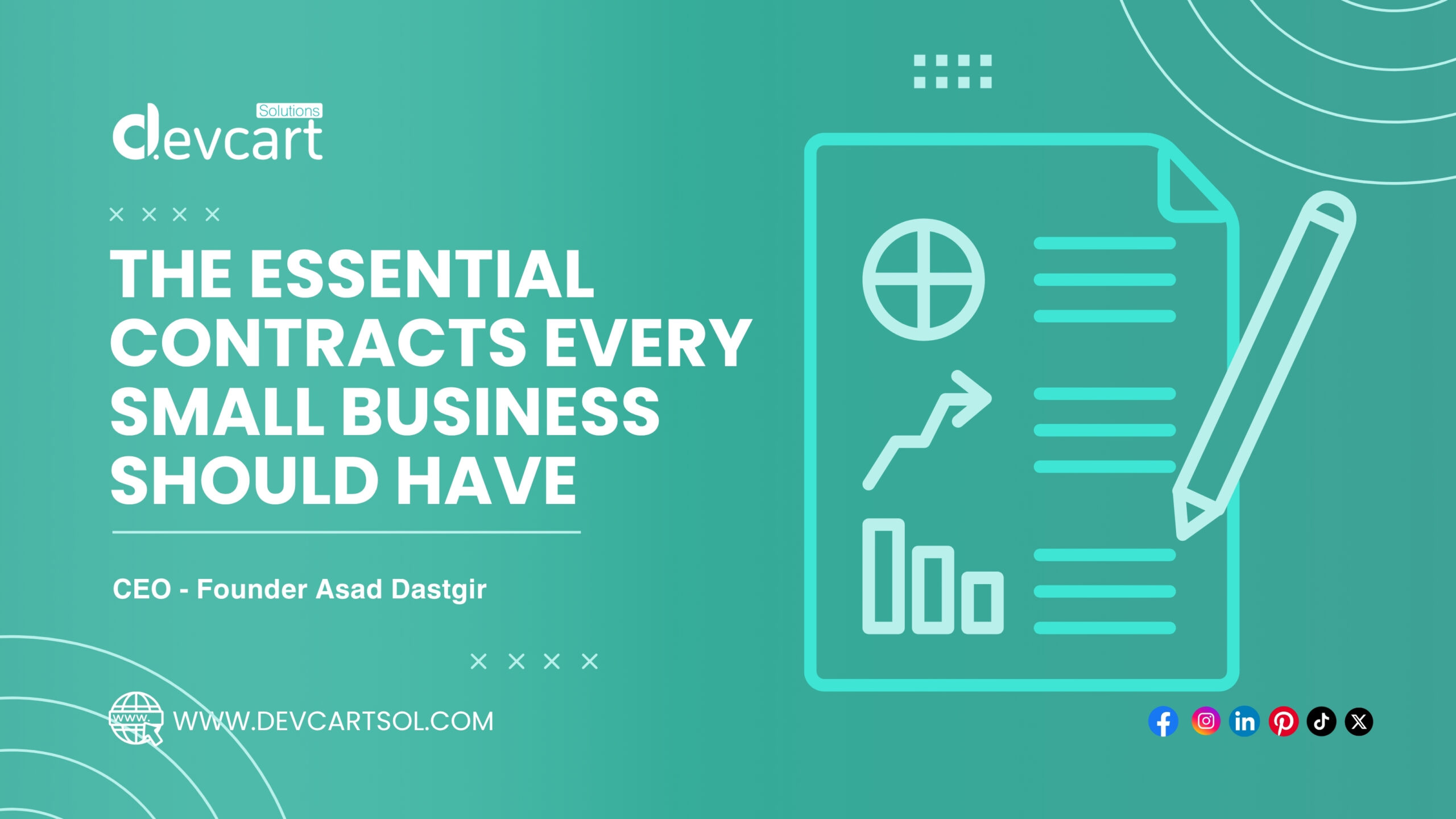In today’s digital age, having a website is no longer optional—it’s essential. Whether you’re a small business owner, a freelancer, or someone who wants to showcase a personal portfolio, a professional website helps establish credibility and reach a broader audience. But not everyone knows how to code or can afford a web developer. That’s where website builder tools come in.

These tools are designed to help anyone—from complete beginners to experienced marketers—create and manage websites without writing a single line of code. Let’s explore some of the most popular and powerful website builder platforms in 2025.

1. Wix
Best for: Creative freedom and ease of use
Wix is a drag-and-drop website builder with an intuitive interface and a wide range of customizable templates. Its AI-powered tool, Wix ADI, can build a website for you based on your answers to a few questions.
Key Features:
- 900+ designer-made templates
- Drag-and-drop editor
- Built-in SEO tools
- App Market for extended functionality
- eCommerce capabilities
Pros: Beginner-friendly, highly customizable
Cons: Limited flexibility when switching templates

2. Squarespace
Best for: Stunning design and visual storytelling
Squarespace is ideal for creatives, photographers, and bloggers who want visually appealing websites. Its sleek templates and clean layouts are hard to beat.
Key Features:
- Award-winning design templates
- Built-in blogging and portfolio features
- Integrated analytics and marketing tools
- Powerful eCommerce functionality
Pros: Aesthetic designs, all-in-one platform
Cons: Slight learning curve for complete beginners

3. Shopify
Best for: eCommerce websites
If you’re looking to launch an online store, Shopify is your go-to. It’s built specifically for eCommerce and offers everything you need—from inventory management to payment processing.
Key Features:
- Over 100 professional store templates
- Built-in payment processing (Shopify Payments)
- Multichannel selling (Amazon, eBay, Instagram)
- App store for additional features
Pros: Scalable, excellent for online retail
Cons: Monthly fees add up quickly with premium features

4. Webflow
Best for: Advanced users and designers
Webflow combines the simplicity of drag-and-drop tools with the flexibility of custom code. It’s ideal for designers who want more control over their site’s layout and interactions.
Key Features:
- Visual front-end builder with CSS, HTML & JS access
- CMS capabilities for blogs and portfolios
- Hosting with built-in CDN
- Animations and interactions
Pros: Designer-level control, clean code export
Cons: Steeper learning curve than traditional builders

5. WordPress.com
Best for: Bloggers and content-driven websites
Unlike the self-hosted WordPress.org, WordPress.com offers a managed solution with hosting included. It’s great for bloggers and creators who want content-focused sites.
Key Features:
- Dozens of themes and plugins
- Built-in Jetpack tools for SEO and security
- Block editor for content customization
- Free and premium plans available
Pros: Strong blogging features, huge community
Cons: Less design flexibility compared to Wix or Webflow

6. Carrd
Best for: Simple one-page websites
If you just need a landing page, personal profile, or a one-page site, Carrd is the fastest and easiest tool out there. It’s affordable, lightweight, and incredibly efficient.
Key Features:
- Pre-built templates for various uses
- Mobile-responsive by default
- Custom domains and form integrations
- Free tier available
Pros: Super simple, cost-effective
Cons: Limited to one-page sites
Final Thoughts
Website builder tools have democratized the web development space, allowing anyone to build a beautiful, functional site without technical skills. The right tool depends on your specific needs—whether you’re starting a blog, opening an online store, or showcasing your portfolio.
🔧 Need help choosing the right builder? Consider your primary goals, budget, and how much customization you need. And remember: it’s better to launch a simple site today than to wait forever for the “perfect” one.
















